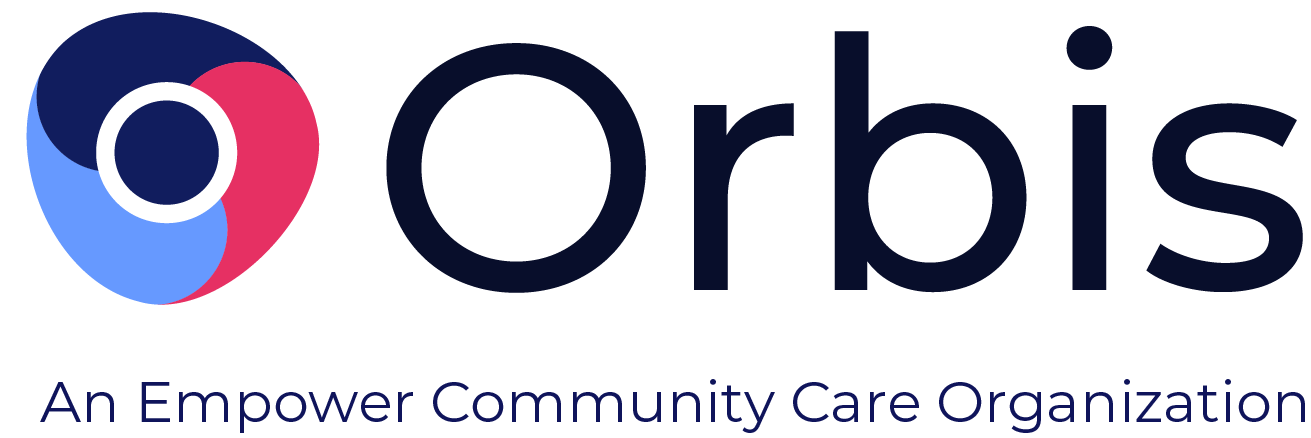Imagine spending thousands of dollars for justice-involved youth to be sent to juvenile facilities, only to have them end up in the same position in the future. Recidivism - the tendency of a convicted criminal to re-offend - is a worrying statistic for justice advocates. Unlike adult recidivism, however, there are no national figures for juvenile recidivism rates.
Instead, states are allowed to choose how they track recidivism, as each state’s juvenile justice system differs in organization. This has left large gaps in accessible information, making it difficult for advocates to be able to determine the full extent of juvenile recidivism in the United States. In fact, eleven states do not track recidivism rates at all, and those that do often only focus on narrow measurements that don’t cover all the ways youth can end up involved in the justice system.A 2015 report from the CSG Justice Center compiled data from the 39 states that do track recidivism in order to compare the reported state statistics. The study found that justice-involved youth were far more likely than adults to re-offend after release across all states. The highest reported recidivism rate for youth involved in the justice system was 76% within three years, and 84% within five years. When adolescents reach adulthood, the numbers are equally high. In 2015, Joseph Doyle, a researcher at MIT, decided to determine the rate of adult re-offense for prior youth who spent time in a detention facility. Together with a colleague at Brown, Doyle analyzed data on 30,000 youth over the previous ten years who had been involved in the Illinois juvenile justice system. Their study found that 40% were incarcerated in an adult prison for reoffending by the time they turned 25. The study also found that the youth have a very low rate of completing high school. Says Doyle, “We found that when kids went into juvenile detention, they were very unlikely to return to high school at all. Basically, none of them are graduating high school.” The lack of a high school diploma severely limits the types of jobs these prior offenders can get, which in turn can lead them back into the prison cycle.
Factors Influencing Recidivism
In 2011 The Annie E. Casey Foundation released a report titled No Place for Kids: The Case for Reducing Juvenile Incarceration. This report meticulously compiled research from across the United States regarding juvenile detention and recidivism. The report states that, “the overall body of recidivism evidence indicates plainly that confinement in youth corrections facilities doesn’t work well as a strategy to steer at-risk youth away from crime.” The report refers to the data available from the 39 states that do track juvenile recidivism. Re-arrest rates within two to three years range from 70 to 80 percent. New adjudications/convictions range from 38 to 58 percent within two years, and 45 to 72 percent within three years. Returns to custody range from 18 to 43 percent within two years, and 26 to 62 percent within three years. To lower these rates, the report recommends limiting placement in juvenile facilities for only the individuals that commit the most serious crimes. Both California and Texas enacted such regulations in 2007; by 2011, California saw a 40% drop in their incarceration rates, and Texas saw a 69% drop. The report also recommends the investment in non-residential community programs for moderately serious offenders, including evidence-based therapy, career preparation and vocational school, advocate and mentoring programs, and mental health and substance abuse treatment.
Reducing Crime, Reducing Recidivism
Assessments like the Youth Assessment and Screening Instrument (YASI™), an innovative risk assessment tool designed by Orbis Partners, have good gauges for treating youth and reducing recidivism. YASI measures risk, needs, and protective factors in at-risk and justice-involved youth. The tool provides a vehicle for entering and analyzing information collected by juvenile probation officers, caseworkers, youth service managers, social workers, and other professionals who assess at-risk youth clients. The assessment domains (or sub-scales) include both “static” (historical and unchangeable) and “dynamic” (changeable) factors. Static factors (e.g., delinquency record) are necessary and efficient predictors of recidivism. Dynamic factors are predictors of recidivism that also point to youth characteristics and behavioral patterns that need to change in order to reduce future problems.
YASI has demonstrated that strengths provide predictive information over and above risk and need factors to provide a more complete profile of the youth. YASI was featured in a 2020 peer-reviewed article, Strength Matters, published in the journal, Criminal Justice and Behavior, by the International Association for Correctional and Forensic Psychology. Studies reported a risk-based protective effect of strengths when utilizing YASI Pre-Screen. The presence of strengths exerted a stronger influence on recidivism in the moderate and high-risk groups (20%) compared with the lower risk group (43%). The risk assessment tool accurately predicts groups that will re-offend and allows for accurate case planning. Without case planning, assessing risk, needs and strengths have little value on their own. The key objective is to ensure that assessment helps produce good decision-making and the creation of individualized plans to reduce problem behavior.
While the information on juvenile recidivism is incomplete, what data we do have is still bleak. The rate of recidivism for youth is far too high. New approaches being taken in some juvenile justice systems prove that progress can be made if effort is put into changing policies, thus improving the lives of the nation’s at-risk juvenile population.
Orbis Partners provides solutions for criminal justice and human services systems, specializing in designing and implementing services for at-risk client groups. For more information about assessments related to at-risk youth, visit our Youth Assessment page by clicking here.


